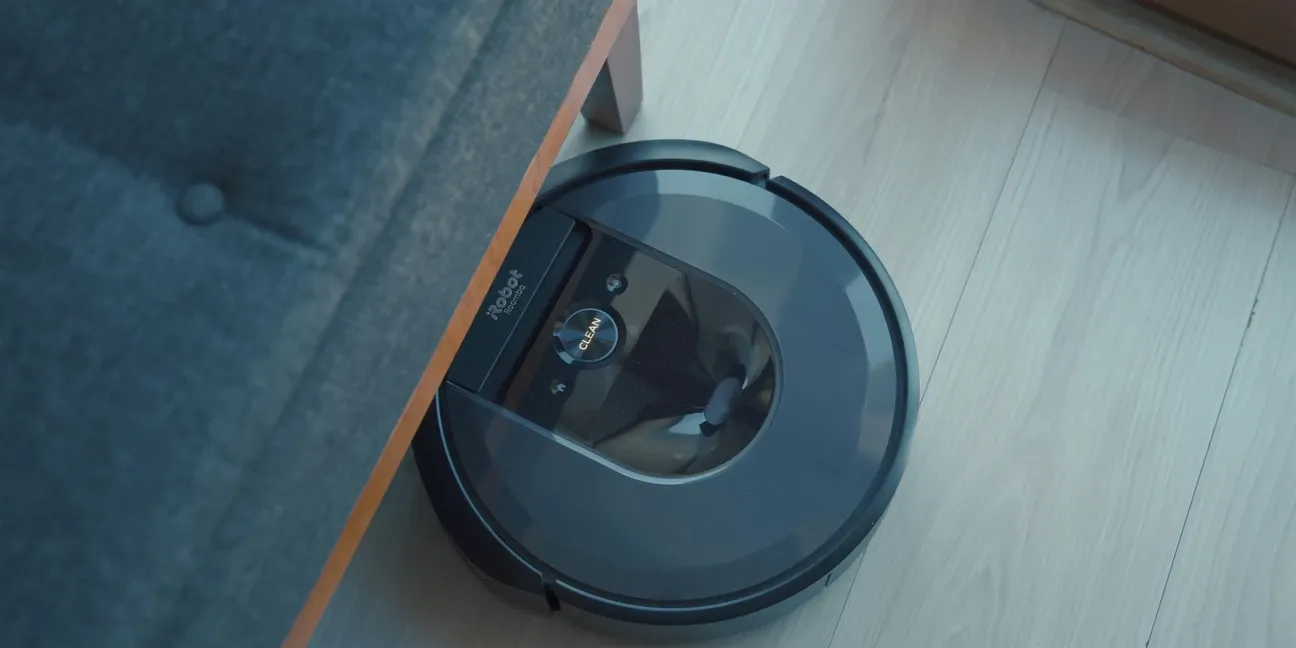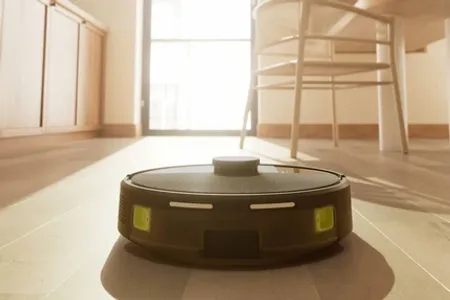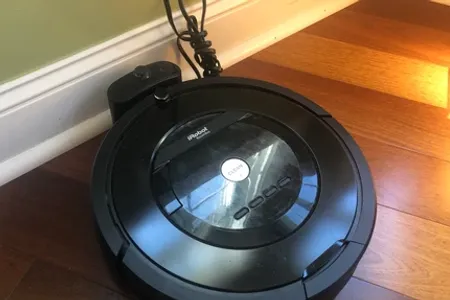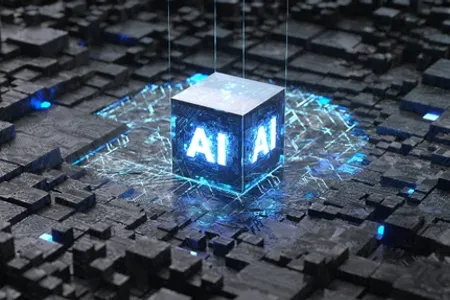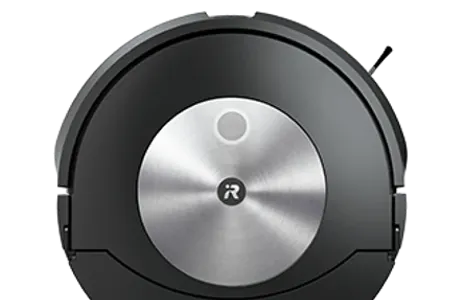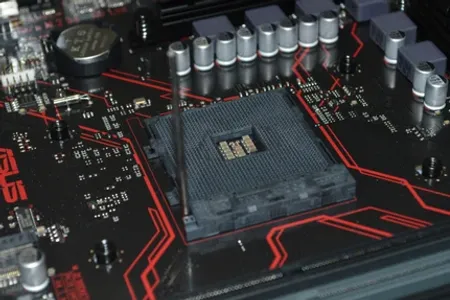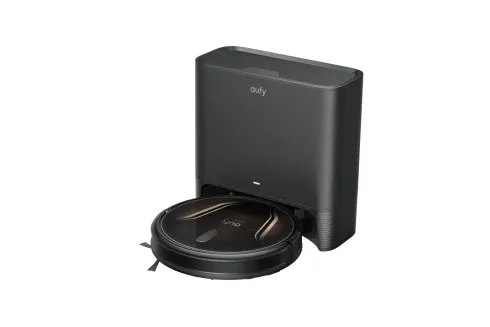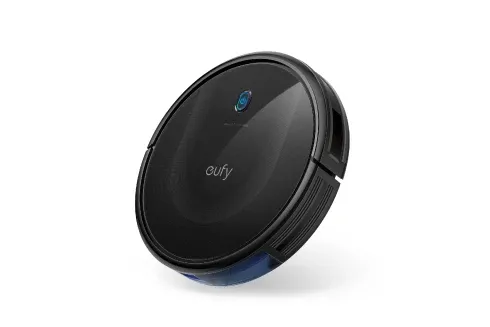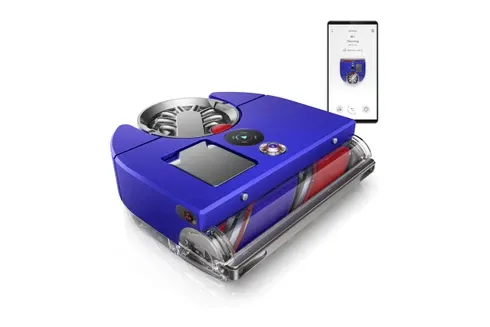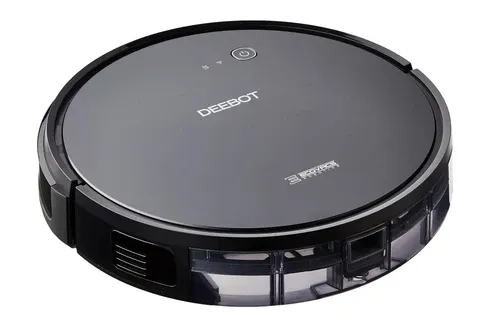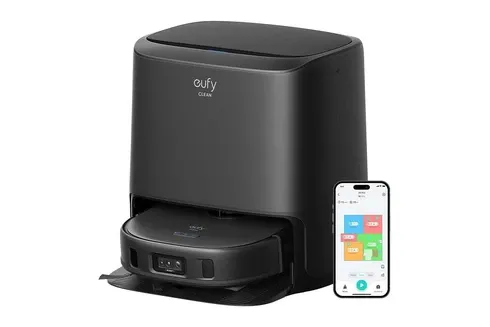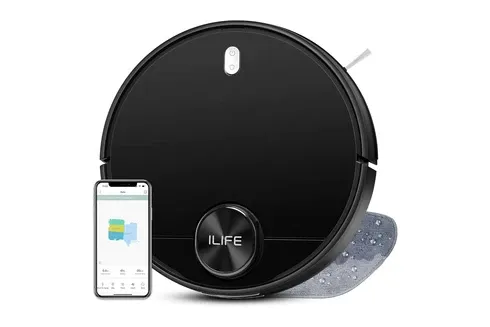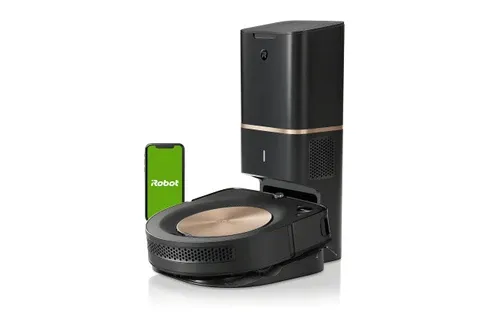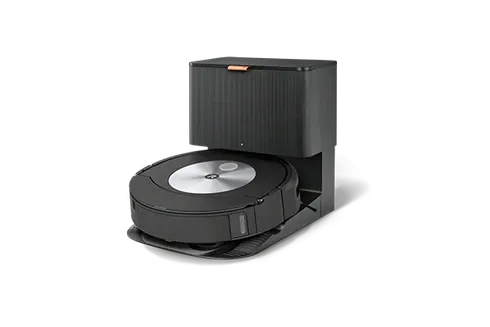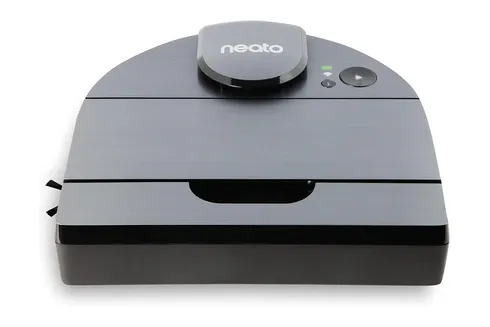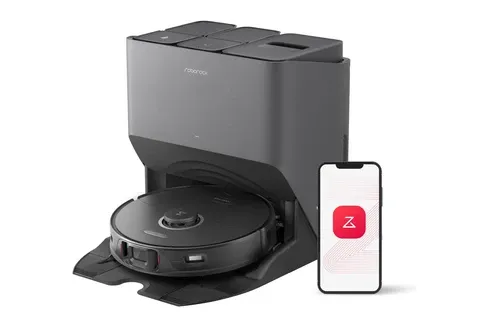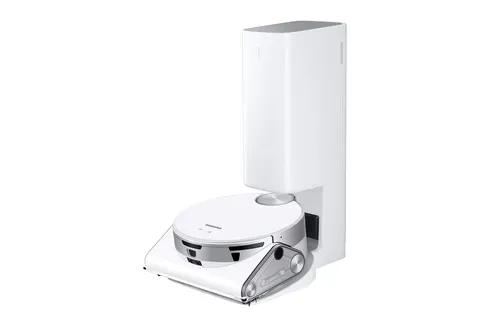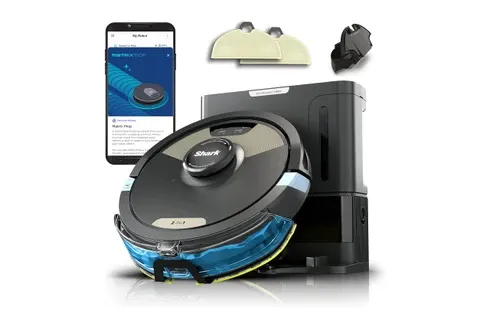In recent years, robot vacuums have become an essential part of the smart home ecosystem. These automated cleaning devices have revolutionized how we approach household chores by integrating smart technologies to offer hands-free cleaning solutions. But their role extends beyond just keeping floors clean—they’re a crucial part of a larger home automation strategy.
Robot vacuums are more than just novelties; they’re becoming highly sophisticated, packed with advanced features that allow them to be seamlessly integrated into various smart home setups. As technology continues to evolve, the ability of robot vacuums to interact with other smart devices makes them indispensable.
Revolutionizing Home Cleaning with Smart Technology
Robot vacuums are revolutionizing the way we manage home cleaning. No longer confined to simple tasks, these devices use cutting-edge technology like AI-based mapping, object recognition, and adaptive algorithms to provide a fully customizable and precise cleaning experience. This level of sophistication is revolutionizing home automation, offering users not only convenience but also more personalized control over their household cleaning routines.
One of the most significant breakthroughs is how robot vacuums are revolutionizing cleaning by learning from their environments. With features like machine learning, the vacuum can adapt over time, improving its efficiency with each use. By combining this with smart assistants and smart home hubs, these devices provide a more intuitive, efficient, and proactive approach to maintaining cleanliness.
The impact of these technological advancements extends to enhancing user experience, making home cleaning more efficient, reducing time spent on manual tasks, and contributing to energy savings. As robot vacuums evolve, their ability to minimize human involvement while maximizing cleanliness could profoundly impact daily life, allowing for greater freedom in managing other household responsibilities.
Why Robot Vacuums Are an Essential Part of the Smart Home
The rise of smart homes has brought with it a desire for convenience and efficiency. At the heart of this concept is automation, and robot vacuums are a perfect example. These devices no longer need human intervention to work effectively. Once set up, they handle the task of cleaning floors, whether it’s carpets, hardwood, or tile, with minimal oversight.
Here are some reasons why robot vacuums have become an integral part of modern smart homes:
- Automation: The defining feature of a robot vacuum is its autonomous nature. It can be scheduled to clean at specific times or initiated remotely through a smartphone app.
- Smart Integration: Many robot vacuums now work with voice assistants like Amazon Alexa or Google Assistant, meaning you can control your vacuum with simple voice commands.
- Advanced Navigation: With features such as lidar or camera-based mapping, these devices can navigate efficiently through the home, avoiding obstacles, and learning the layout of different rooms.
- Energy Efficiency: Most robot vacuums return to their charging station when low on battery, ensuring they are always ready for their next cleaning cycle without manual intervention.
The impact of robot vacuums on overall home automation is not limited to cleaning efficiency. Their integration into the broader smart home network demonstrates their potential to streamline multiple home operations, adding to a home’s overall energy efficiency and sustainability goals.
Key Features to Look for in a Robot Vacuum
When considering which robot vacuum to add to your smart home, several factors play a role. While we won’t focus on a list of "top" models, understanding the most useful features will guide your decision-making process.
- Smart Mapping: Advanced mapping allows the vacuum to navigate with precision, avoiding obstacles and covering every inch of your floors.
- Suction Power: Different vacuums offer varying levels of suction, which can be important depending on whether you have carpets, pets, or heavy dust accumulation.
- Wi-Fi Connectivity: The ability to connect your vacuum to your home Wi-Fi means you can schedule and control cleanings from anywhere.
- App Compatibility: A well-designed app makes controlling and monitoring your vacuum simple. Many apps offer the ability to set no-go zones or customize cleaning schedules.
How Robot Vacuums Are Revolutionizing Broader Home Automation
Robot vacuums aren’t just standalone devices; they are an integral part of your home automation system. When paired with other smart devices like thermostats, lights, or security cameras, you can create a fully automated home environment. This ability to sync with multiple smart home systems is revolutionizing how we think about home management, bringing together comfort, cleanliness, and security under one seamless system.
For example, you could set up a scenario where your smart lights turn on as soon as the vacuum starts cleaning, or the vacuum could pause when your smart doorbell senses someone at the door. Integration with broader systems such as smart home hubs allows for greater control and customization.
The impact of such integration has far-reaching consequences, transforming the way homeowners manage daily tasks. The inclusion of robot vacuums into automated home systems could reduce energy consumption, ensure a cleaner environment, and enable real-time adjustments to home management, significantly improving quality of life.
Additional Benefits of Robot Vacuums
- Pet-Friendly: Some robot vacuums come equipped with special brushes and features designed to tackle pet hair more effectively. These specialized brushes not only increase efficiency but reduce tangling, making them ideal for homes with furry companions.
- Low Maintenance: With features like automatic dirt disposal and filter maintenance reminders, robot vacuums require minimal upkeep. Some high-end models even have self-cleaning brushes, reducing the time you spend maintaining the vacuum.
- Time-Saving: By handling regular cleaning tasks, these devices free up more time for you to focus on other things. This can be a huge benefit, particularly for those balancing busy work schedules or other responsibilities. The convenience factor cannot be overstated—robot vacuums save hours of manual labor every week.
The impact of these benefits is profound, particularly for those with busy lifestyles or limited mobility. The ability to maintain a clean home with minimal manual effort can significantly enhance convenience and productivity in everyday life.
Enhancing Indoor Air Quality
Another important aspect of robot vacuums is their ability to contribute to better indoor air quality. Many models now come equipped with HEPA filters, which can capture fine particles like dust, pollen, and pet dander. These filters help ensure that the air in your home is cleaner, making a robot vacuum an ideal choice for people with allergies or respiratory issues. This is especially valuable for households where clean air is crucial for health reasons, such as homes with children, elderly individuals, or those with asthma.
By continuously removing dust and allergens, robot vacuums create a cleaner and healthier living environment. This focus on air quality further demonstrates the impact of robot vacuums beyond surface-level cleaning—they are becoming essential tools for overall home wellness.
The Future of Robot Vacuums in Home Automation
As we look ahead, the future of robot vacuums seems bright, with technology advancing rapidly. The next generation of robot vacuums is expected to integrate even deeper into smart home systems. With the emergence of 5G technology and improvements in AI, we may see robot vacuums that communicate in real-time with other devices, adjusting their cleaning patterns dynamically based on household activity.
Imagine a robot vacuum that can not only clean your home but also analyze the air quality, adjust your thermostat based on detected foot traffic, and even send you real-time reports on energy savings. Such developments are within reach as machine learning and IoT technology continue to advance.
Moreover, multi-functionality is expected to be a major trend. Future robot vacuums may double as security devices, patrolling the house when no one is home and alerting you to any unusual activities. This level of sophistication will further cement the robot vacuum’s place as an indispensable tool in smart homes.
Conclusion
Robot vacuums have moved beyond luxury gadgets to become essential tools for maintaining a clean and organized smart home. Their ability to integrate with smart assistants and other smart home devices makes them a vital component of modern home automation systems. As these devices continue to evolve, they promise to bring even more convenience and efficiency to everyday life, revolutionizing the very concept of home maintenance.
The continued impact of these innovations on home management systems will likely see further integration with emerging technologies, improving energy efficiency, sustainability, and overall ease of living. As robot vacuums become more intuitive and adaptable, their impact on smart homes and daily life will undoubtedly increase, further establishing their role as indispensable household tools.
In the future, robot vacuums could evolve into multi-functional devices that not only clean your home but also contribute to its security and energy management, bringing us closer to a fully automated and intelligent home environment.
